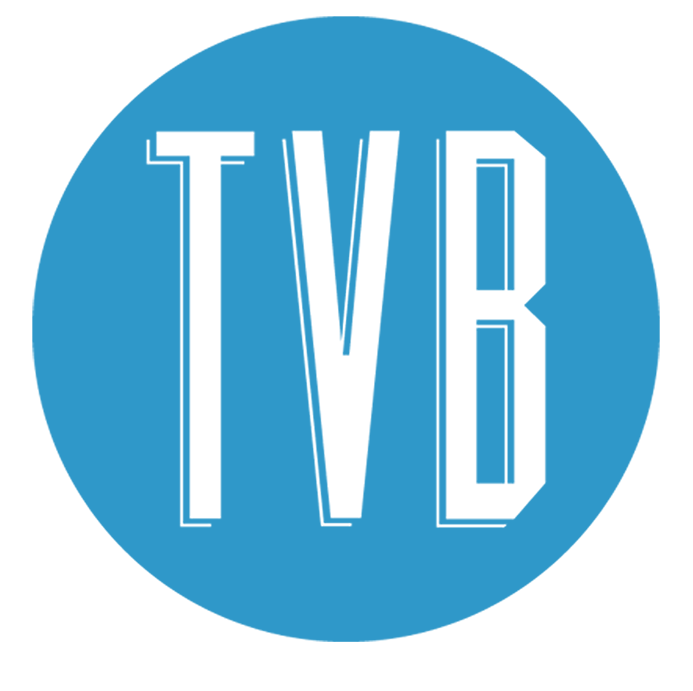Packaging that opens like a present
Creating a memorable user ritual with packaging design involves designing a packaging experience that engages the customer and makes the product more memorable. Here are some key areas that are always best practice:
1. Understand your target audience: Before designing the packaging, it's important to understand your target audience and what motivates them to purchase your product. Knowing what they care about can help you design an experience that resonates with them.
2. Create a visual identity translation for packaging: Adapting your visual identity for packaging is not the same as you will do to create a digital ad. However, it should still extend consistency across your brand touchpoints and reinforce your features, benefits, and communication hierarchy. Pay close attention to where you place messaging based on how the user will open and interact with your package.
3. Incorporate interactive elements: Consider incorporating elements into the packaging design construction that create an opening ritual that will become ownable and familiar and reinforce your brand elements.
4. Pay attention to sensory cues: Incorporate sensory cues, such as texture, scent, or sound, that reinforce the product's benefits or create a memorable experience.
5. Simplify the user experience: Make the packaging easy to open, use, and dispose of, creating a positive user experience that reinforces the brand's values.
6. Be sustainable: Consider using sustainable materials and designs that reinforce the brand's commitment to the environment and can create a memorable experience.
By incorporating these elements into your packaging design, you can create a memorable user ritual that engages the customer and reinforces the brand's values, leading to increased customer loyalty and sales.
Making packaging design feel like opening a present involves creating an experience that is engaging, surprising, and exciting. Here are some steps that can help you achieve this:
1. Use high-quality materials: Use materials that feel luxurious and special, such as high-quality paper or fabric. The tactile experience of touching and holding the packaging can make it feel more like a gift.
2. Create anticipation: Use design elements that create a sense of anticipation, such as a teaser or a peek-a-boo effect that shows just a glimpse of what's inside.
3. Use creative shapes and structures: Consider using unique shapes or structures that make the packaging feel more like a gift, such as a box with a ribbon or a package with a pull-tab.
4. Incorporate personalized touches: Add personalized touches that make the packaging feel more special, such as a handwritten note or a custom label.
5. Use unexpected design elements: Use design elements that surprise and delight the customer, such as hidden compartments, unexpected textures, or playful graphics.
6. Make it easy to open: Make the packaging easy to open, creating a satisfying "unwrapping" experience that reinforces the feeling of opening a present.
By incorporating these elements into your packaging design, you can create an experience that feels like opening a present, creating a memorable experience that can reinforce the brand's values and drive customer loyalty.
